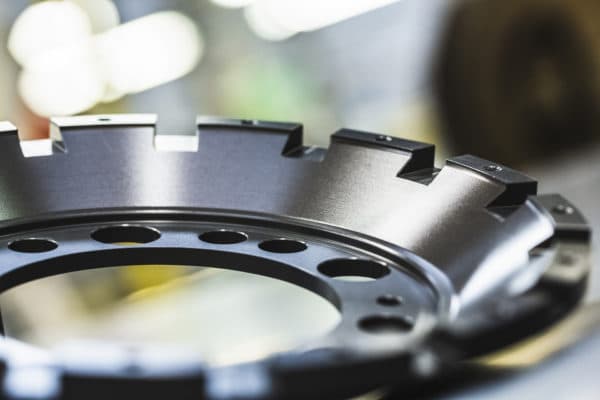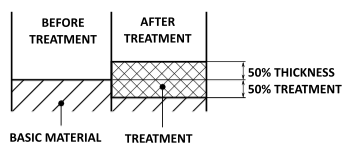OX-HS
Hard Anodizing
OX-HS is a hard anodizing treatment of aluminium in sulphuric acid in compliance with MIL-A-8625 Type III, ISO 10074, and UNI 7796 standards.
The OX-HS hard anodizing process transforms the aluminium alloy surface, creating an inert and compact layer of aluminium oxide. The electrochemical process takes place in a sulphuric acid solution at temperatures below 0°C, making it possible to reach very high treatment thicknesses.
The OX-HS treatment features surface hardness that protects the aluminium base from abrasive and adhesive wear. The coating is customarily used in the automotive sector and for industrial machinery to extend the lifetime of parts subject to wear and sliding motion.
The non-conductivity, compactness, and chemical resistance of the coating make it possible to protect the aluminium substrate from corrosion, exceeding 1000 hours of salt spray without the onset of corrosion. For this reason, the coating is used to protect submarine components and components in the maritime and military sectors.





 Technical datasheet
Technical datasheet